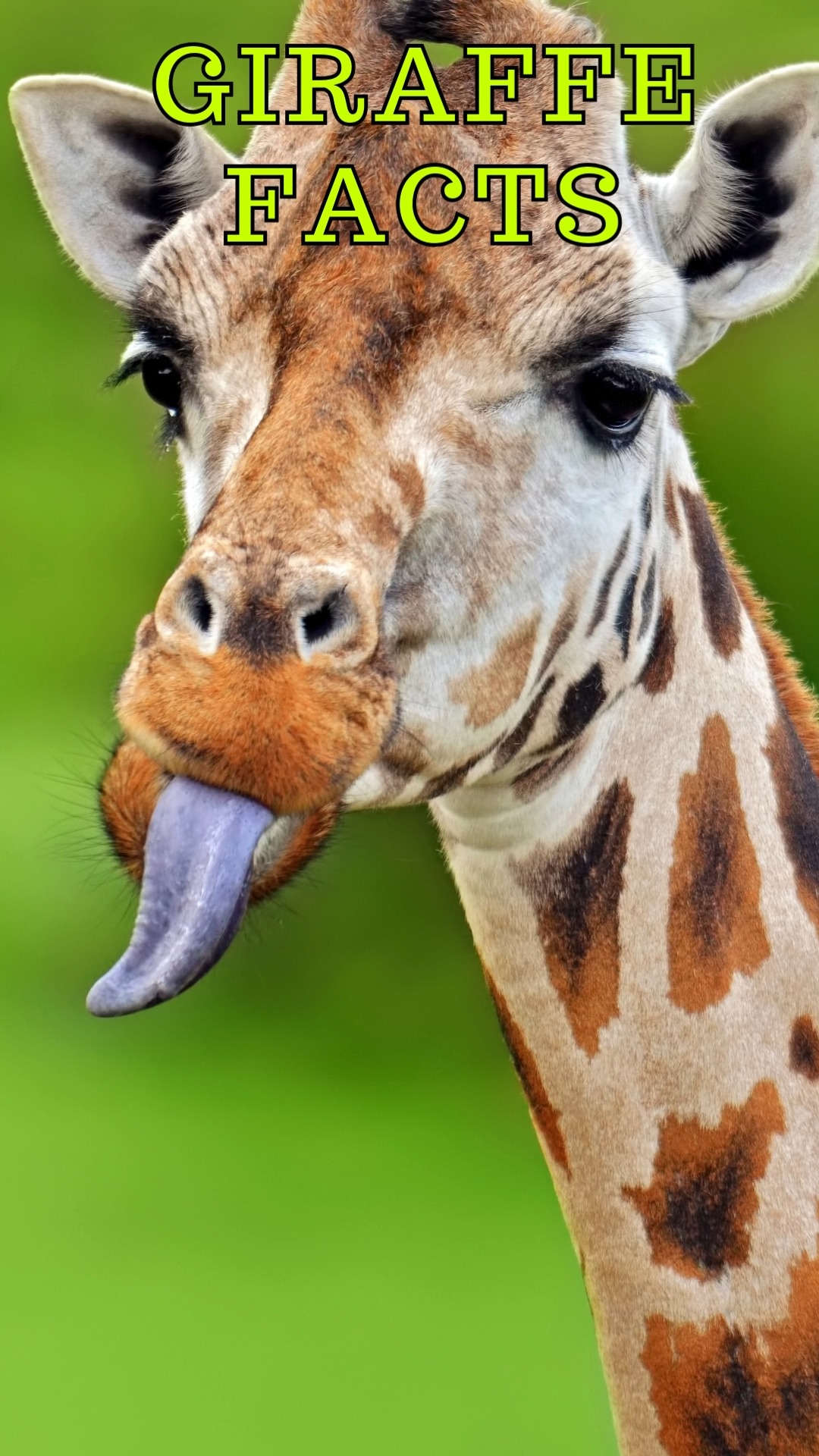-
Anatomy and Physical Characteristics: Discover the giraffe’s distinctive anatomical features, including its towering neck and specialized adaptations that enable survival in diverse environments.
-
Social Behavior and Communication: Explore the intricate social structures, communication methods, and behaviors exhibited by giraffes within their groups.
-
Diet and Feeding Habits: Gain insight into the dietary preferences of giraffes and how their unique feeding techniques have evolved to suit their physiology.
-
Conservation and Threats: Understand the current conservation status of giraffes, the primary threats to their survival, and the efforts being made to protect them.
- Biodiversity and Ecological Impact: Learn about the role of giraffes in their ecosystems and how they contribute to maintaining biodiversity.
Giraffes are one of the most extraordinary creatures roaming the African savannas. Their impressive stature and graceful movements captivate both scientific communities and wildlife enthusiasts alike. Standing out not just for their size, giraffes are laden with features that highlight their evolutionary success. The giraffe’s neck, often stretching up to six feet long, is a remarkable adaptation that gives this animal an advantage in feeding and observation. Contrary to what one might think, giraffes possess the same number of neck vertebrae as humans — seven. These vertebrae are, however, elongated, offering the reach needed to access foliage high in trees, a fundamental aspect of their survival strategy.
Their long necks are supported by a specialized cardiovascular system designed to manage the challenges of pumping blood over such a length without causing harm. A robust heart, capable of generating double the blood pressure of other large mammals, powers this system. The giraffe’s heart can weigh up to 25 pounds, ensuring that blood efficiently circulates throughout its body. Moreover, their legs, which can be longer than many humans are tall, provide additional height and facilitate rapid movement to evade predators, reaching speeds of up to 37 miles per hour in short bursts.
Social behavior among giraffes is as fascinating as their physique. While often seen as solitary, giraffes exhibit a fluid social structure, forming loose herds that vary in composition. These groups typically consist of females and their young, with adult males often being more solitary or forming transient associations as bachelor groups. Interaction is vital, with communication occurring over great distances through infrasonic waves, sounds too low for humans to hear, allowing giraffes to stay alert to potential dangers or coordinate movement across vast landscapes.
Their communication isn’t limited to sound alone. Body language plays a crucial role. For instance, necking battles, where males use their necks as weapons, are common displays of dominance. These encounters are generally non-lethal but help establish a social hierarchy, essential for mating opportunities.
The giraffe’s diet is as specialized as their neck. As browsers, they primarily consume leaves, flowers, and fruits from a variety of deciduous trees and shrubs. They show a preference for Acacia species, notable for high nutritional value despite their thorny defenses. Using their prehensile tongues, which can be up to 18 inches long, giraffes skillfully strip leaves while avoiding thorns. This feeding strategy allows them to maintain a diet rich in calcium and phosphorous, critical for sustaining their large bone structure.
Unfortunately, giraffes face significant threats, driving various conservation initiatives. Habitat loss, primarily due to agricultural expansion and human settlement, poses the greatest risk to giraffe populations. The fragmentation of habitats restricts their movement and access to feeding sites, forcing them into smaller areas with limited resources. Additionally, poaching for their hides, meat, and tails—an age-old symbol of status—exacerbates their vulnerability. Conservation programs focus on habitat restoration, anti-poaching efforts, and community-based education to foster coexistence between humans and wildlife.
The giraffe’s ecological role extends beyond being magnificent to behold. As browsers, they play an essential part in shaping the landscape, which in turn supports a broad array of life forms. By consuming foliage at heights other herbivores cannot reach, giraffes facilitate the growth of new shoots and contribute to the health of their ecosystems. Their browsing habits also help maintain open spaces in woodlands, aiding birds and other animals reliant on these environments.
To protect these giraffe populations, international collaborations have become increasingly important. Organizations work alongside local communities to implement strategies that align conservation goals with the needs of people living in proximity to giraffe habitats. These ventures often aim to provide economic incentives for conservation-friendly actions, developing sustainable practices that benefit humans and wildlife alike.
In summary, giraffes are unparalleled in their adaptations, behavioral traits, and ecological value. Understanding their physiology and social nuances, along with the challenges they face, enriches our appreciation and strengthens the resolve for their preservation. The considerable heights they reach, both physically and ecologically, embody the intricate balance of nature and the importance of such magnificent animals thriving in our world. Through continued research and dedicated conservation efforts, there’s hope that these giants will continue to roam the savannas, embodying the diversity and complexity of life on Earth.
*****
Source Description
Giraffe Facts.
Make sure to stay ’till the end!
_ _ _ _ _ _ _
Datos de Jirafas.
¡Asegúrate de quedarte hasta el final!


